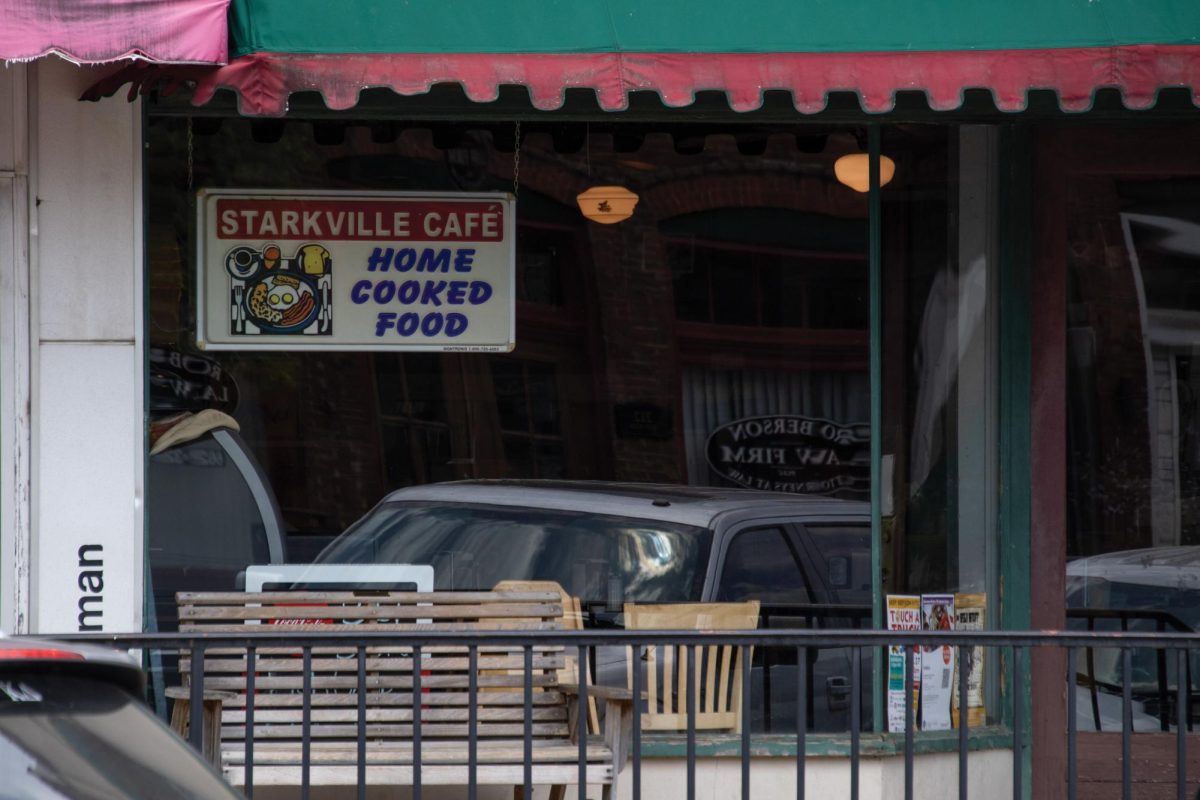Please don’t roll your eyes yet; hear me out. Trigger warnings should be utilized to protect students, not restrict free speech. There, I said it. I am a firm believer in the proper use of ‘trigger warnings.’
Trigger warnings are verbal or written (sometimes visual/symbolic) warnings about the content you are about to be exposed to. These warnings can range from epilepsy warnings on video games to warnings about a discussion containing graphic depictions of violence, rape or war. These warnings will allow people who have potentially debilitating panic attacks and/or flashbacks to mentally prepare themselves or leave to prevent being a captive audience. I have seen them used on the Internet during certain times of the year ,allowing people to block images of food during long religious fasts because it is terribly rude to show someone who isn’t allowed to eat, pictures of your mouth-watering food bucket list.
The point of trigger warnings is not to restrict free speech. The point is to be a decent human being to other people who may have different medical or psychological needs than your own. You wouldn’t shove a screen of flashing lights into someone known to have epilepsy’s face and scream “exposure therapy!” would you? You wouldn’t go around dumping people out of their wheelchairs or knocking crutches out from under them and claim you were doing them a favor and they need to be less sensitive, would you? This is what a lot of people who oppose the idea of a trigger warning want to do to people who may need them because of Post Traumatic Stress Disorder (PTSD), eating disorders, or other mental conditions.
Many people who areoffended over mentions or suggestions to use trigger warnings think the use of such causes people to become weak-minded and not expose themselves to their fears to get over them. However, the people who vehemently oppose trigger warnings and will purposely not warn people about potentially triggering things are acting as if they have the knowledge and skills (and consent of the other person) necessary to perform true exposure therapy, which they often do not. Exposure therapy is when a trained mental health professional starts slowly exposing patients to things related to their triggers in order for them to eventually move past them. This is not without risk. For phobias of blood or needles for example, which may prevent the patient from seeking proper medical care, a very common fear response is to faint, which may cause bodily harm if the person performing the therapy is not prepared and trained for such an outcome.
There is a movement gaining popularity to request trigger warnings for college courses. Some say this is meant to curb free speech and academic discussion. However, I pose the question, which is more harmful? It’s okay to say a few words before you delve into a graphic discussion of abuse or other potentially triggering topic and allow those affected to slip out of the room without disrupting the class to return later? Or do we not give anyone a warning and risk having to deal with a medical emergency or a panic attack in the middle of your class, disrupting class time for everyone and harming those who are physically or psychologically affected?
I’m not speaking from knowledge of glancing over a few articles and online rants. I personally have PTSD and I am triggered to panic attacks and flashbacks, sometimes even losing twenty minutes or more of time, from certain things.
My list of triggers includes at least one classic work of literature, which many trigger opponents find laughable. I do not often request trigger warnings for myself as most of the things that will trigger me lie very close to my personal interests so I often ignore warnings out of curiosity, with varying degrees of undesired consequences. But it is my personal choice. I do not believe anyone who has potentially debilitating triggers should be an unknowing effective captive audience. This is because of potential academic penalties resulting from doing what is necessary to keep themselves from having panic attacks, flashbacks and so on.
Moving forward, as it applies to Mississippi State University students and faculty, a simple step would be to briefly warn students in the beginning of a semester if the class is likely to contain graphic depictions or discussions of rape, war, abuse, blood, or violence, which is a short list of common triggers. Students could be encouraged to speak with professors about specific concerns they may have, such as the presence of a less common trigger, and be warned before a potentially triggering discussion is about to be presented in class or in assigned readings. It may be necessary that guidelines be proposed for professors and students to work together to create reasonable accommodations, perhaps including alternative assignments, to make sure a student’s grade does not suffer because of a mental health disorder.




















































































